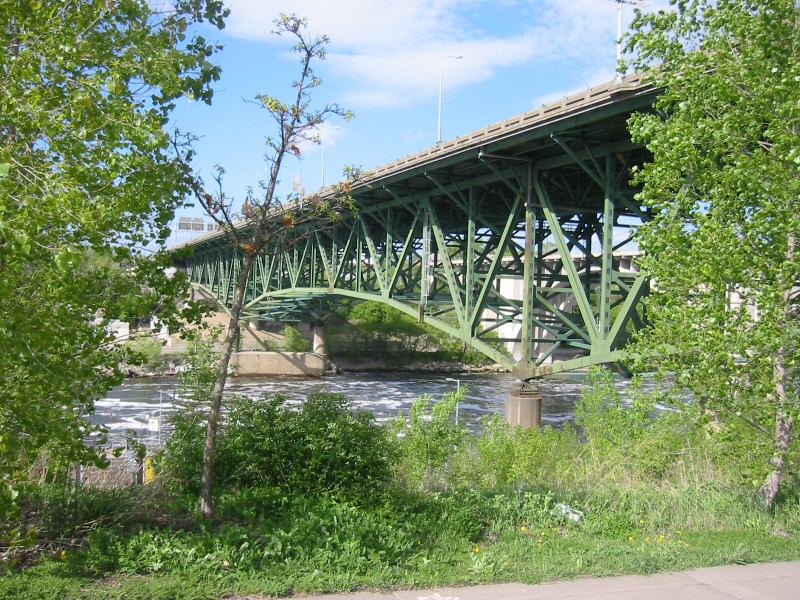unclesyd
Materials
- Aug 21, 2002
- 9,819
There was center support as the arch spannnd (463 ft)to not impeded the river traffic.
Checkout the post by JAE at the top of the page
Checkout the post by JAE at the top of the page
Follow along with the video below to see how to install our site as a web app on your home screen.
Note: This feature may not be available in some browsers.






![[pipe] [pipe] [pipe]](/data/assets/smilies/pipe.gif)
did the collapse of the main span precipitate the collapse of the approach spans?
